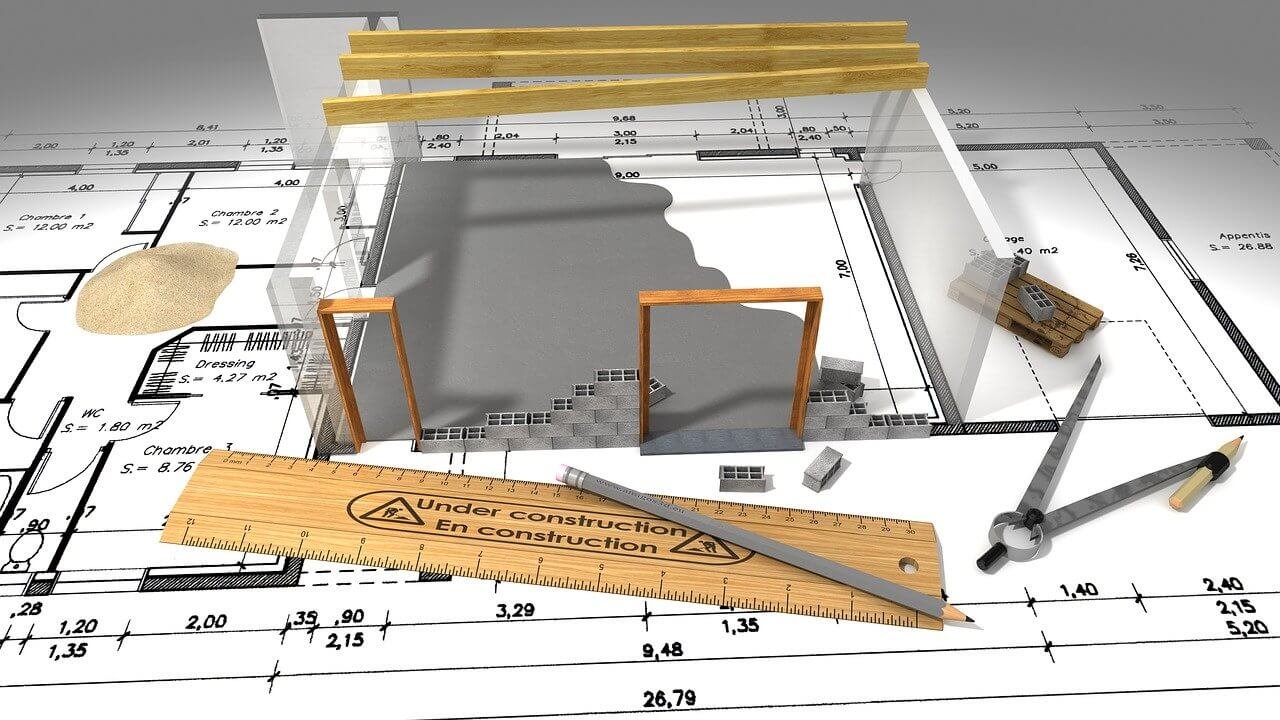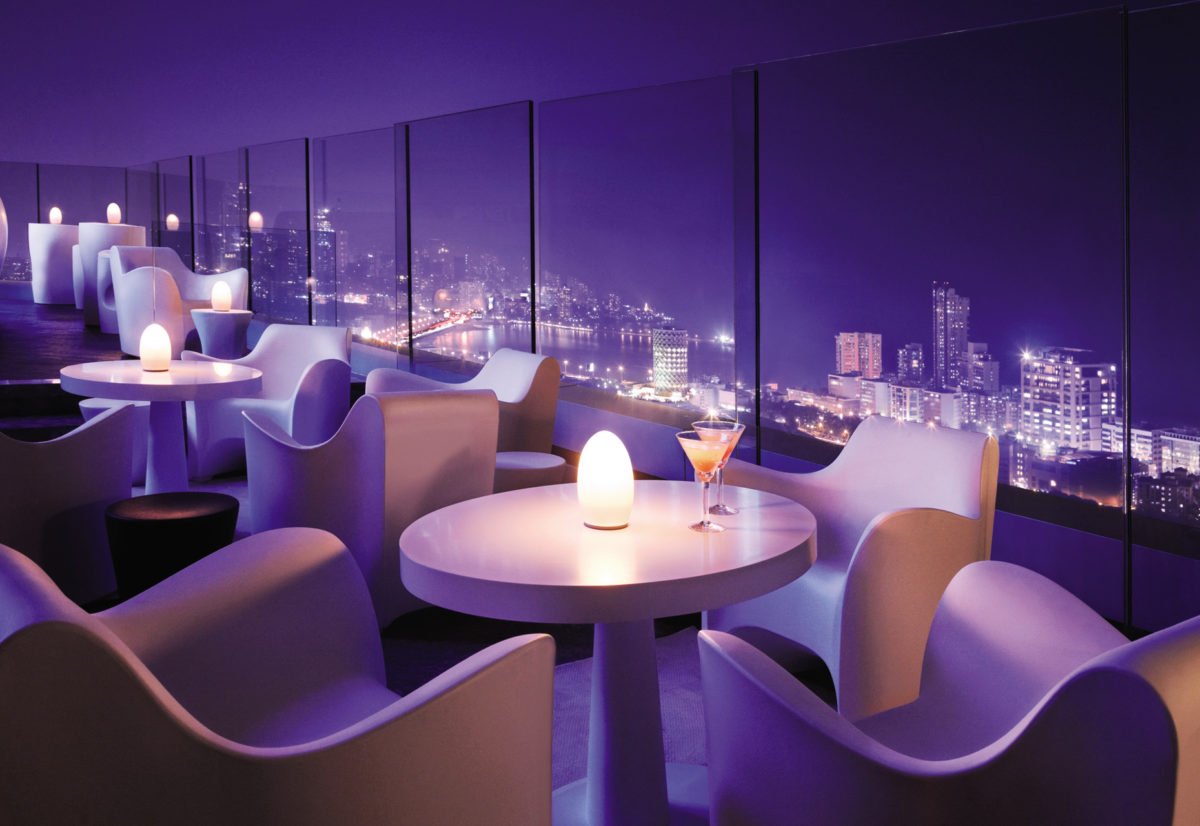The onslaught of the Corona Virus has changed the way that we view the world. The pandemic defines a majority of the year 2020 and has continued into 2021. This is reflected in the commonalities of the architectural trends of 2020 and 2021.
Society is taking more notice of environmental degradation and real-world problems and are evolving to be more active in addressing them in their lives. Green buildings and sustainable architecture are all the rage and they aren’t the only ongoing trends.
Let us look at some of the trending architectural design ideas and styles that are either making a comeback from the past or advancing into the future.
1.Polyvalent Plans:
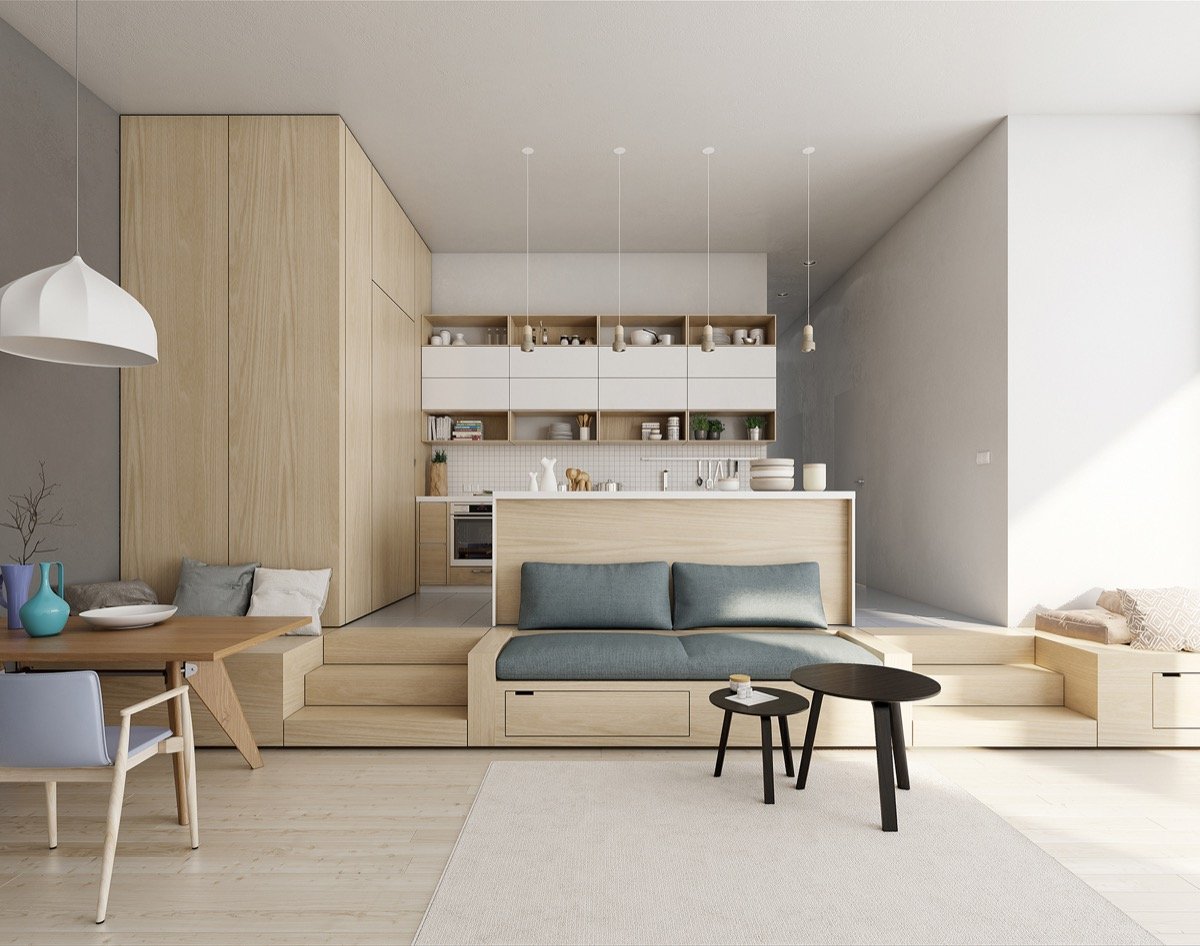
The open plans of the modern and postmodern era are yet again gaining popularity as appreciation for spaces that are fluidic increases. Open plans are multi-functional since they combine two or more spaces into one large space that is generally connected by material use.
This architectural trend is being adopted by more and more people as it makes even small areas look large and well-lit and most off, eradicated small enclosed spaces
-
Honesty to Materials:
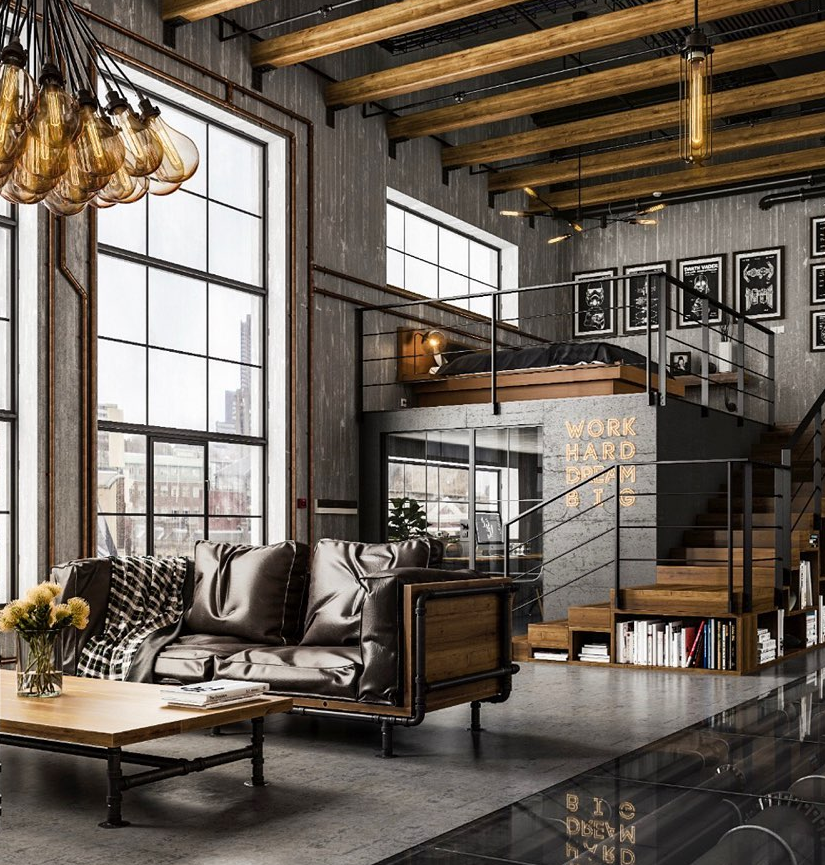
The industrial style of designing is reigning once again as more and more structures are expressing their materials as is. Exposed steel columns and beams, exposed brickwork, use of raw stone, etc, are all incorporated with clean lines, jutting edges and geometric forms to create a busy yet seemingly minimalistic aesthetic.
-
Champion the kitchen:

Gone are stowed away kitchens. Enter bright, well-lit kitchens that blend into the spaces around it via an open plan concept. These kitchens open out into terraces or the living rooms or both. The central island delineates the kitchen from the spaces it opens into and serves as the water zone and the breakfast bar.
-
The spa-like Bathroom experience:

Spacious, well-lit bathrooms dotted with plants is truly the trendiest way to go in 2021. Rather than a space just for cleansing the body, it has come to be perceived as a place to destress and relax and cleanse the mind as well.
-
Unconventional combinations:
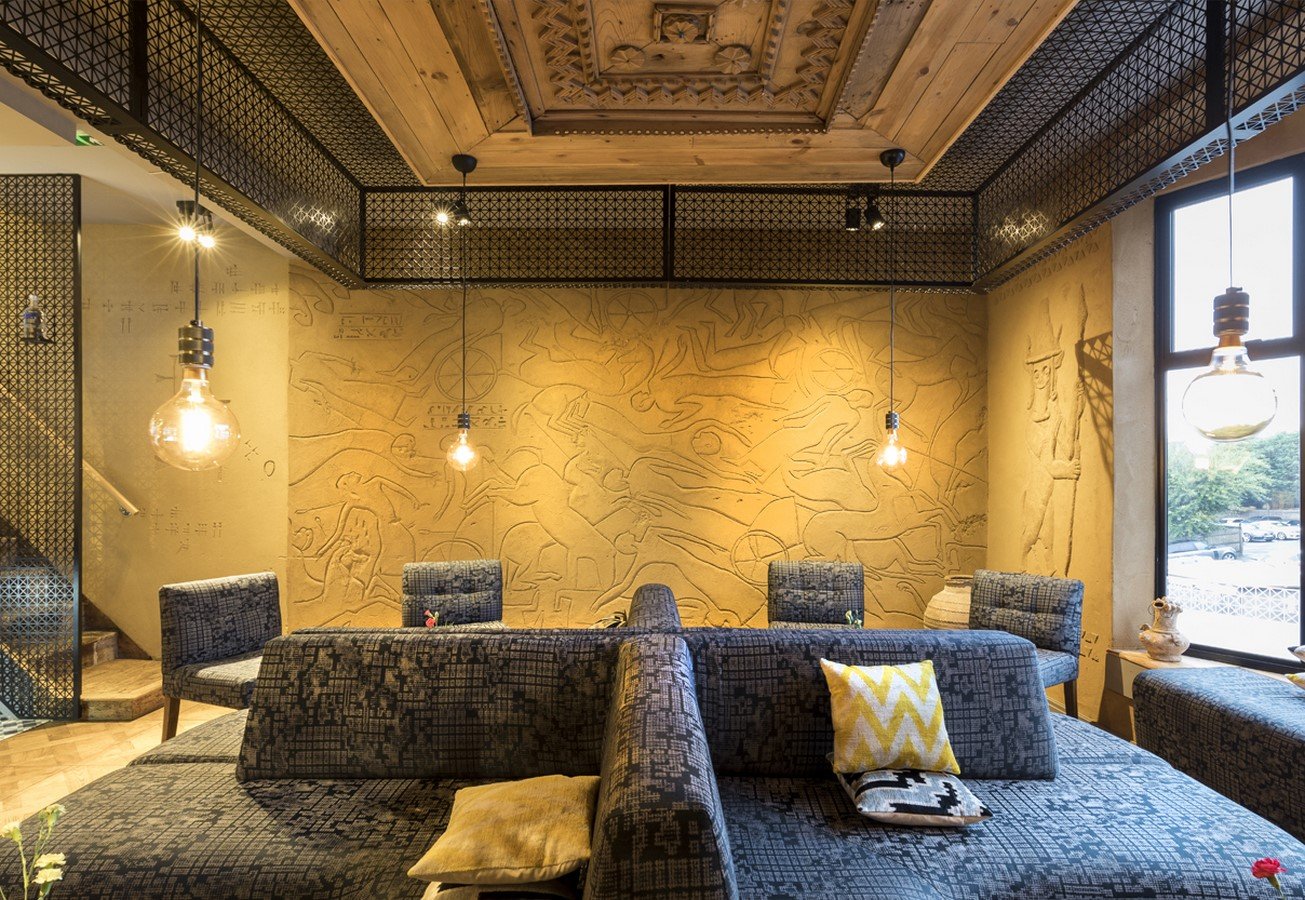
Trying new and risky combinations to impart interest, texture or even contrast within a space has become a very popular architectural trend.
-
More Green and More Green:
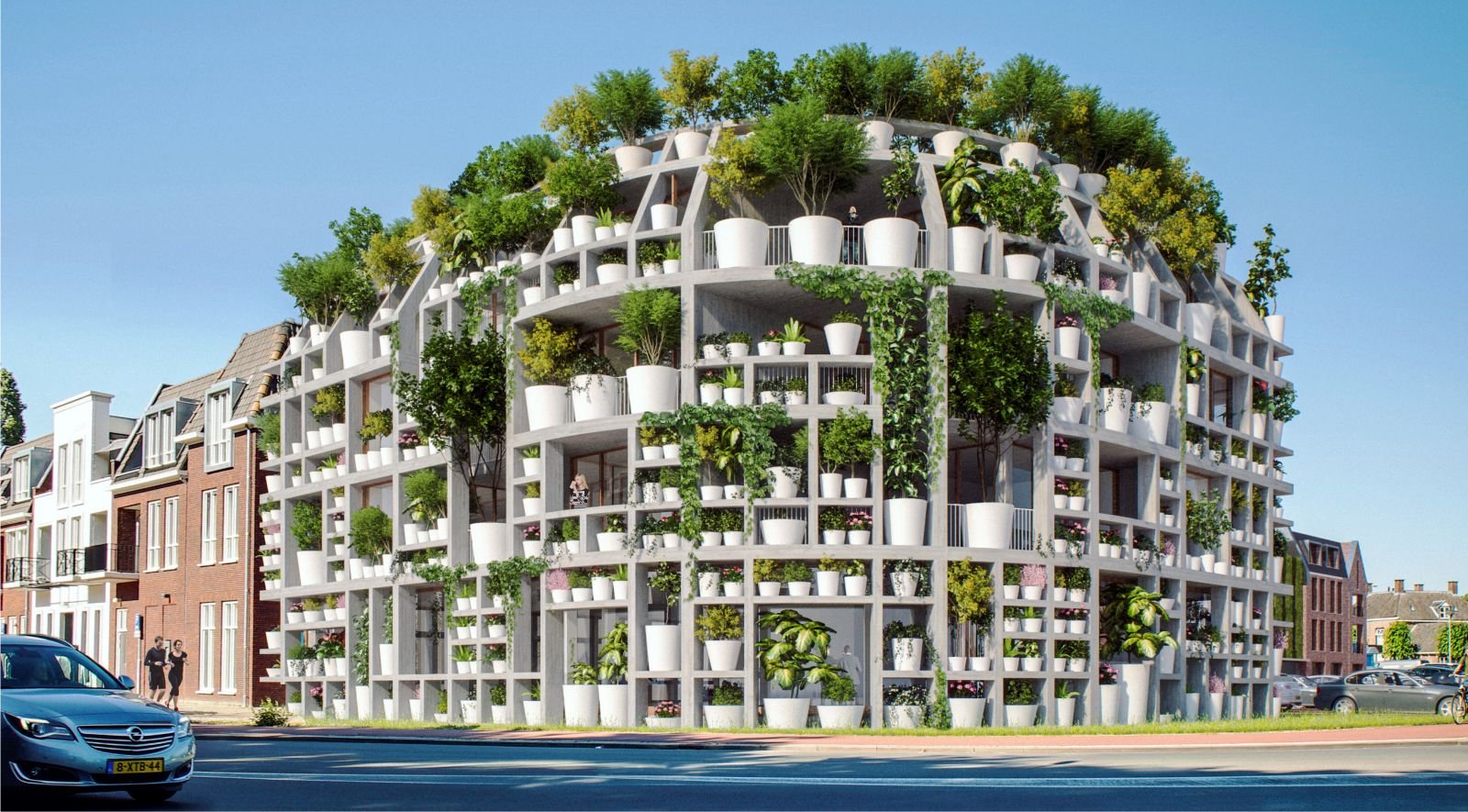
In the 20th century, Le Corbusier incorporated roof gardens in his designs to compensate for the on-land greenery lost due to the construction of the building. This idea has been growing in popularity and incorporating green roofs, green terraces, rooftop gardens and even simply plants indoors has become the hottest trend.
Seen as an attempt to seek a closer connection to nature from within four walls, it is also a major consequence of the Pandemic as people were forced to stay within their homes.
-
Reducing Building Footprint:
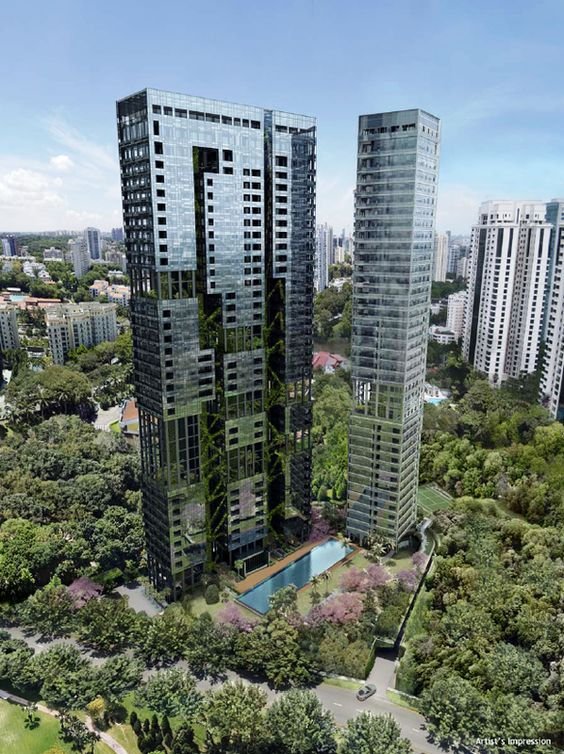
As land resources are being depleted, this problem is architecturally addressed by designing buildings that have a reduced footprint.
Vertical urbanization has been the architectural trend for quite a while now and is one that will stay a trend because it addresses real-world problems by reducing not just the building footprint but also the roads, service lines, transportation distances, etc,.
-
Addition of Extensions and Terraces:
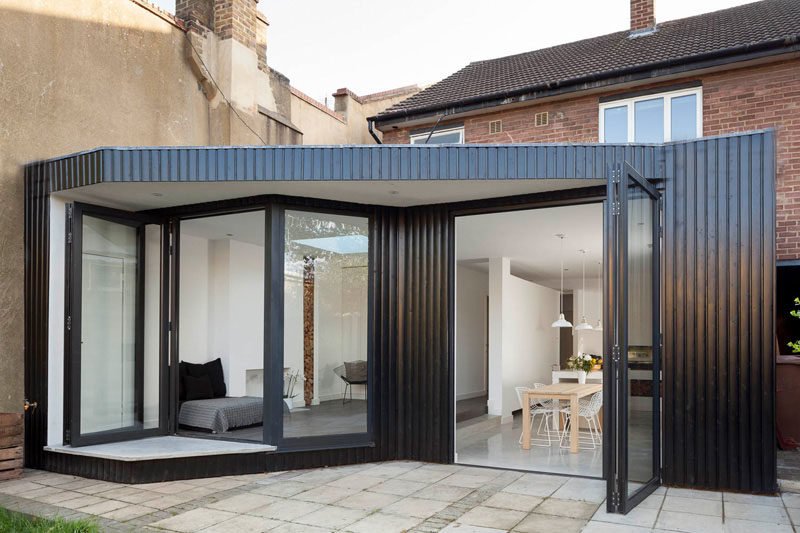
This is another trend that began as a unique aesthetic that soon became one whose popularity was fueled by the pandemic.
Extending homes into the outdoor spaces to make more room or incorporating wide balconies and terraces to have spaces that simulate the feeling of being outdoors is now a widely popular architectural trend.
-
Smart-homes:

Domotic technology has taken off as more and more homes are incorporating smart technology in their designs.
While it makes the house more comfortable to live in, domotic systems also enhance the security of the home and make the control of temperature, light, and ventilation easy to control. This level of flexibility also saves costs by consuming only as much electricity as needed to make the users thermally comfortable.
-
Passive Design of Buildings:
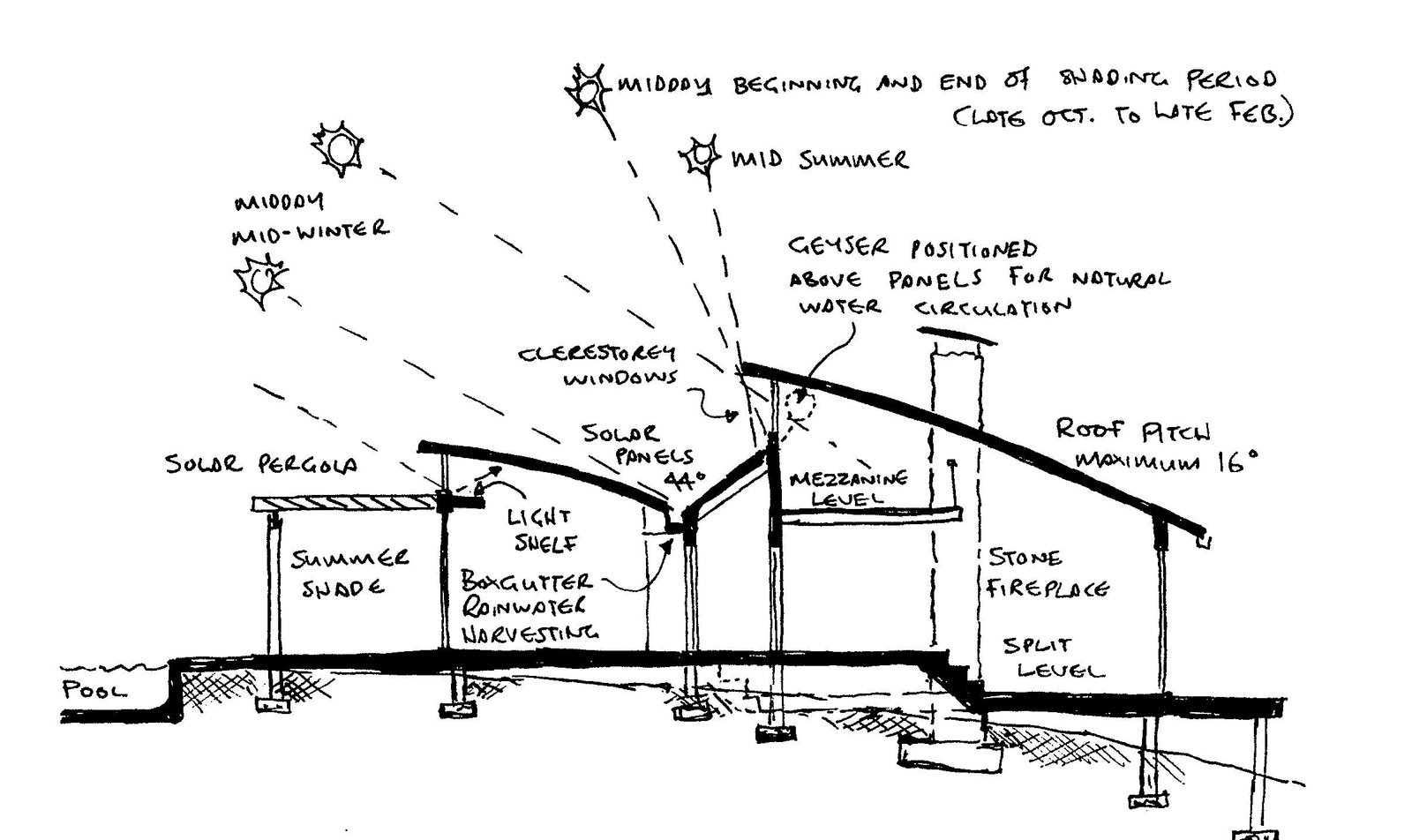
The passive design of housing and other buildings has returned to the spotlight as more and more designers are incorporating passive design techniques to save on heating and cooling loads on the building and keep the interior spaces appropriately responsive to the climate of the region.
Maximizing energy savings, use of natural and renewable resources, reuse of unconventional materials like plastic not only helps the environment but also safeguards the health and quality of life of the users.
While a lot of these trends recall the aesthetics of the modern and postmodern era executed through current world technology, it is evident that there is a clear emphasis on designs addressing the problems of environmental degradation as they strive to become more sustainable.
Housing interiors become a multi-faceted place that feels light, airy and spacious to combat the feeling of being locked down in the Pandemic.
The architectural trends of 2021 are indisputably ones that are prime examples of how architecture responds to the physical, philosophical and environmental problems as a whole.
